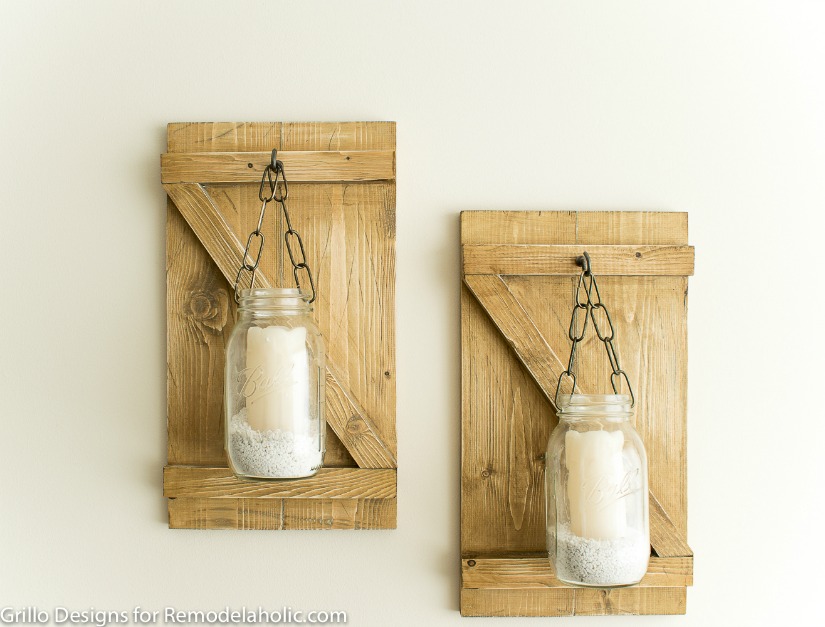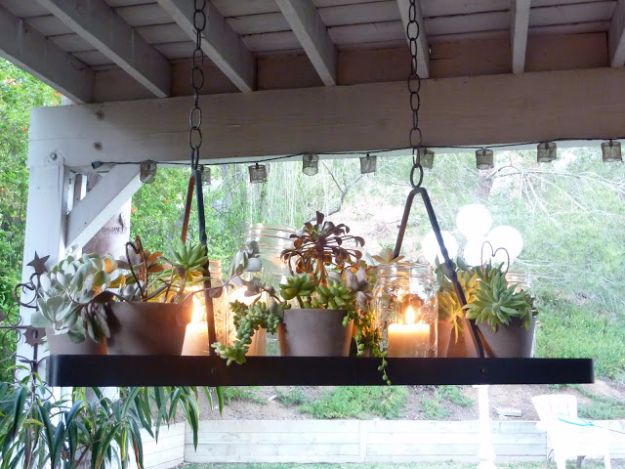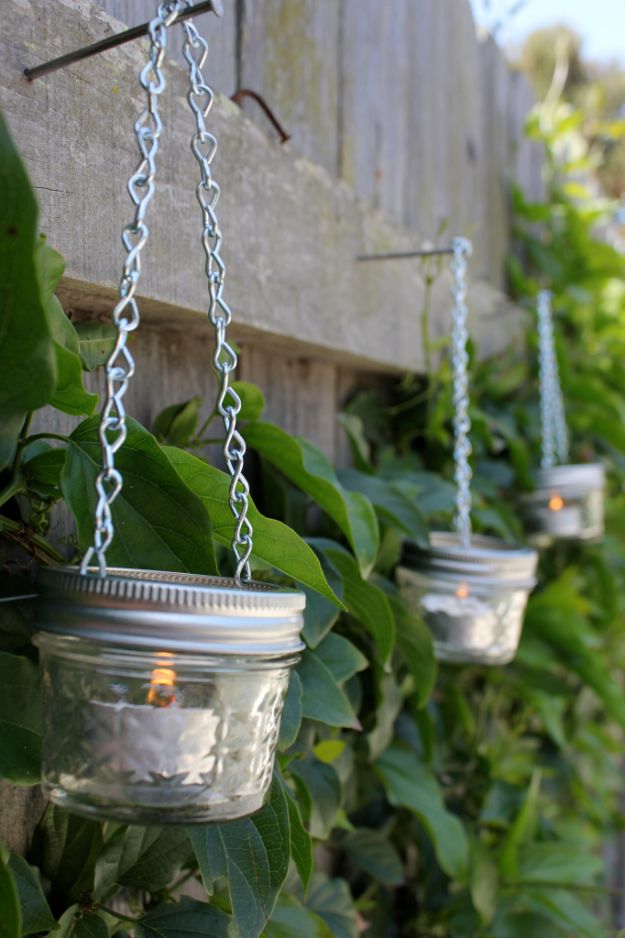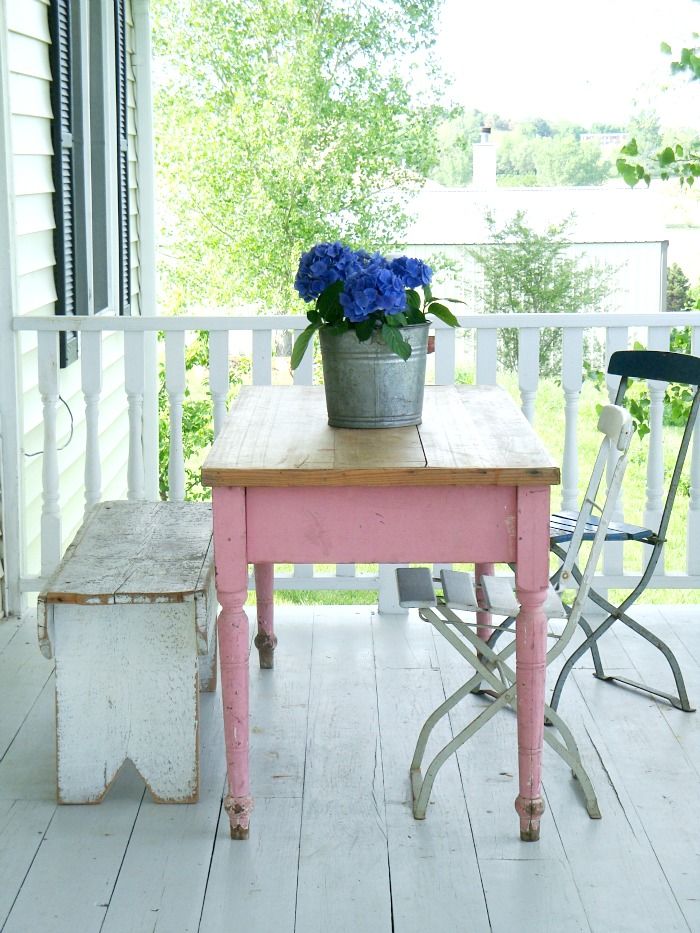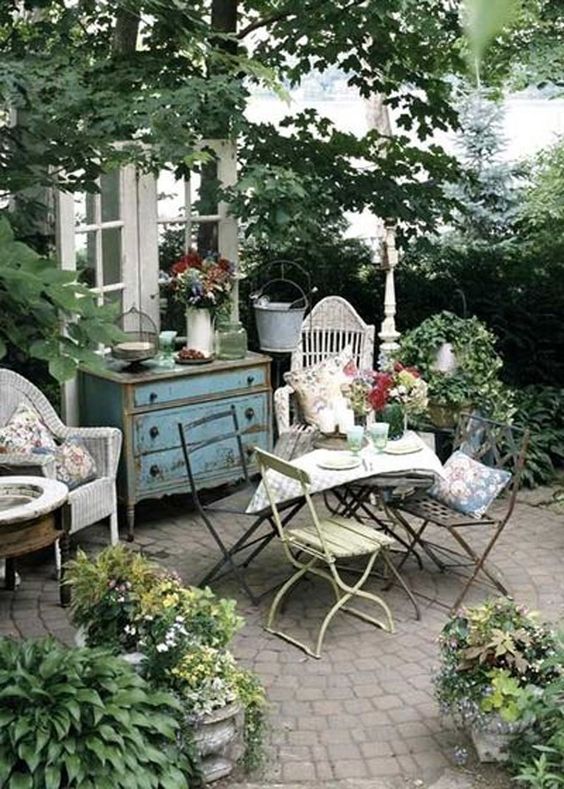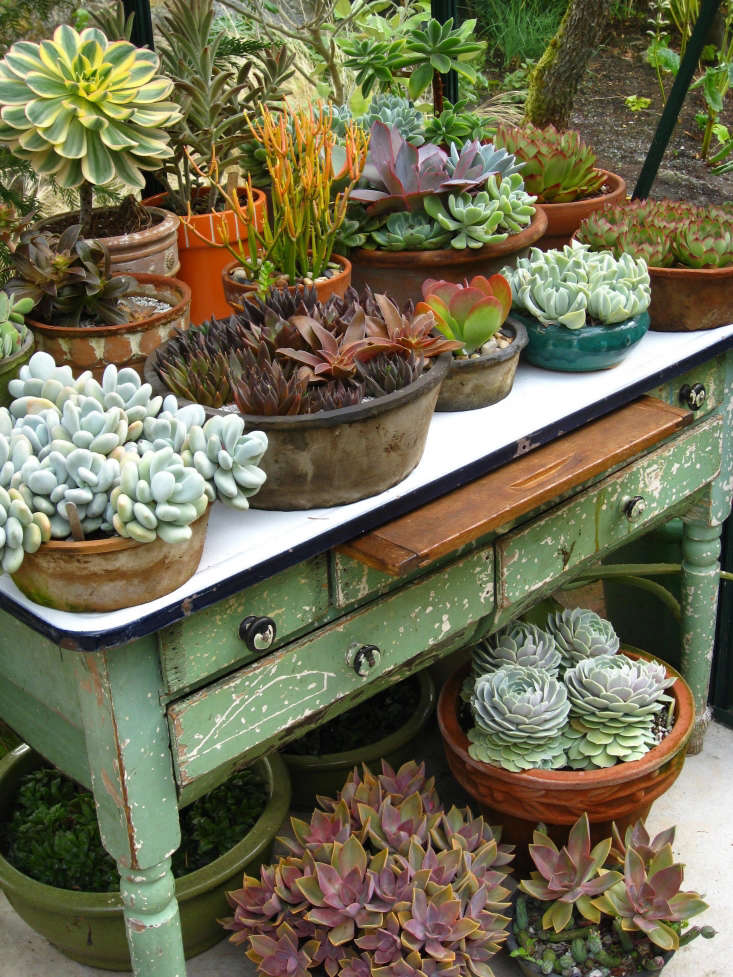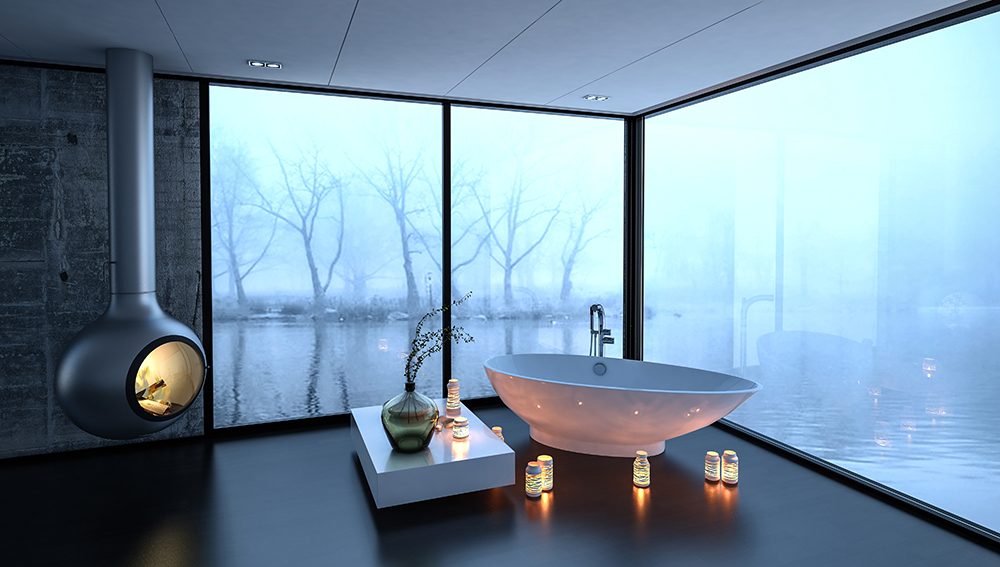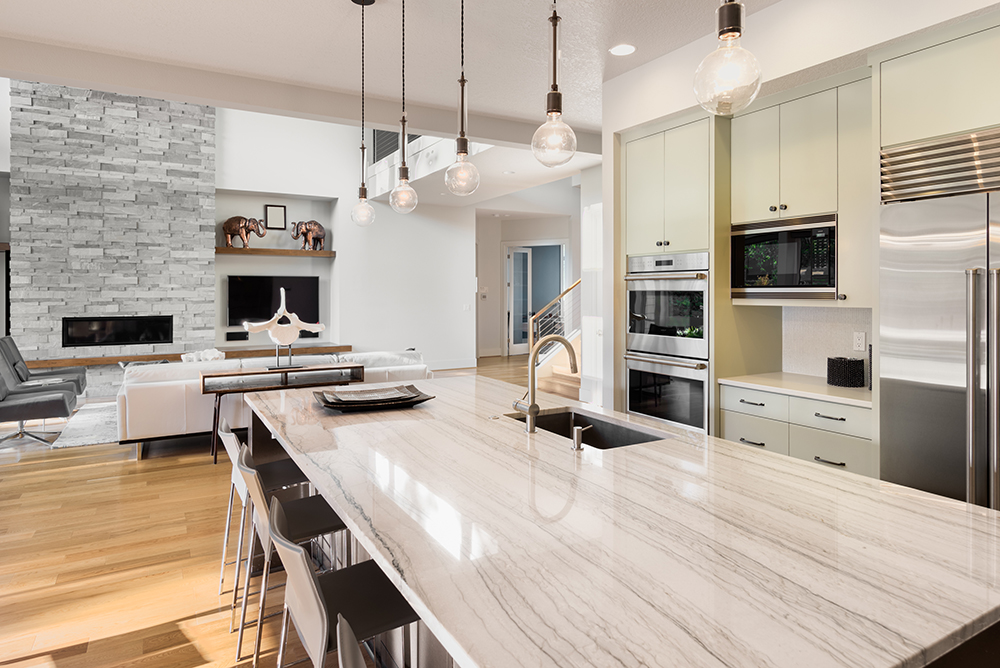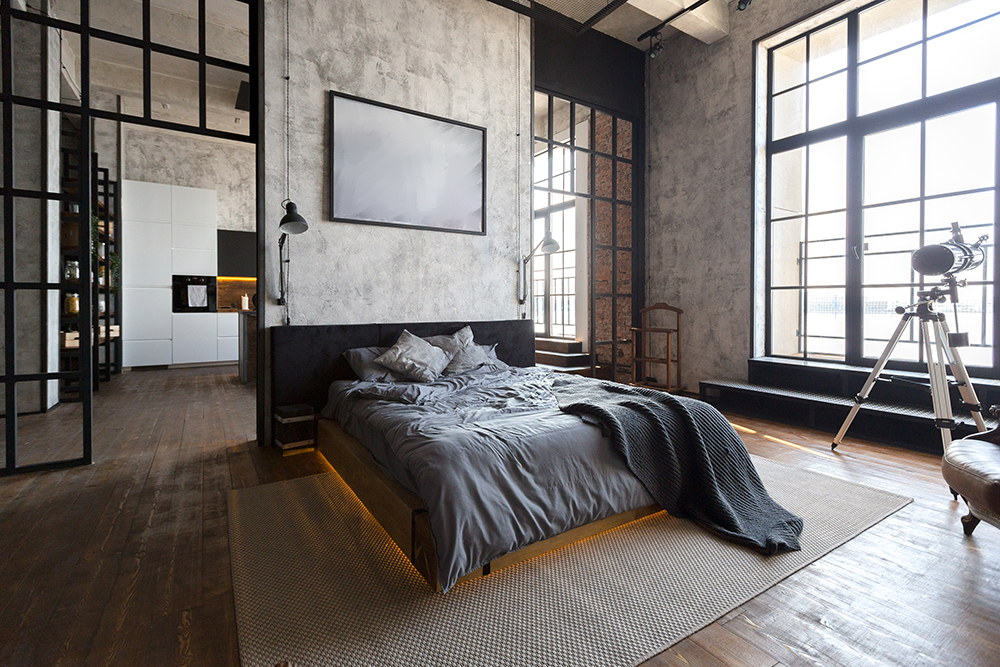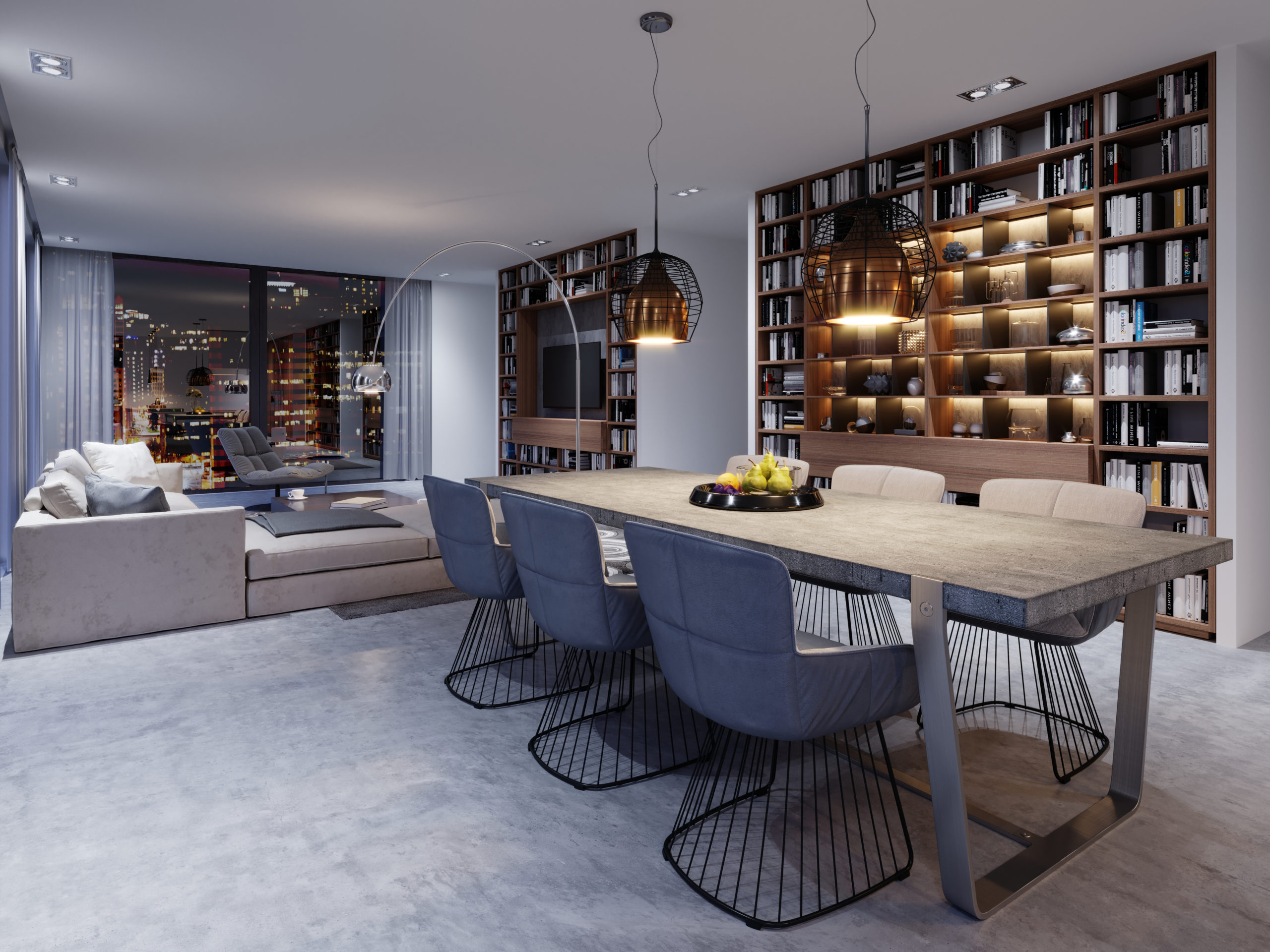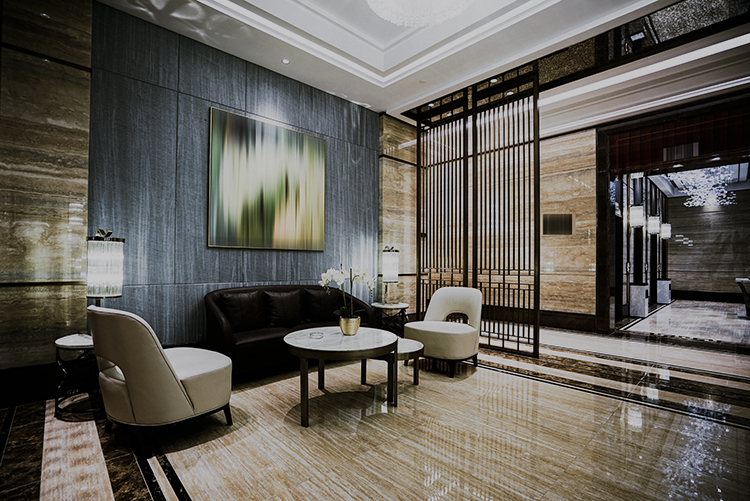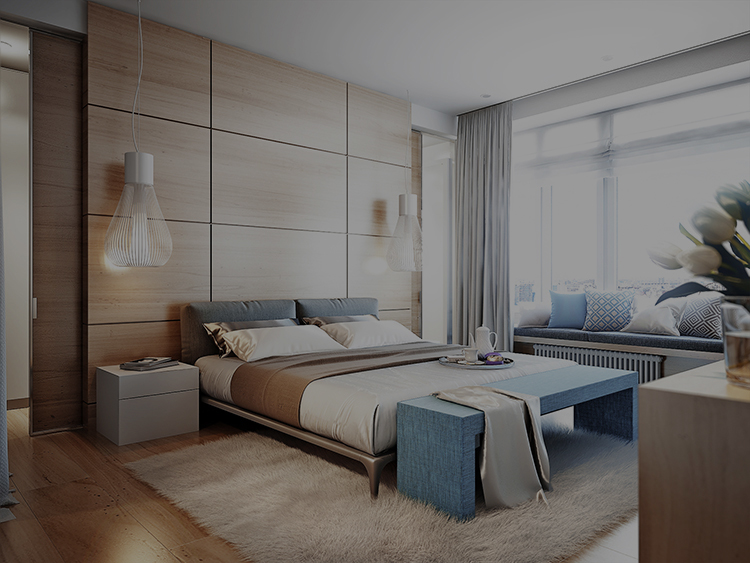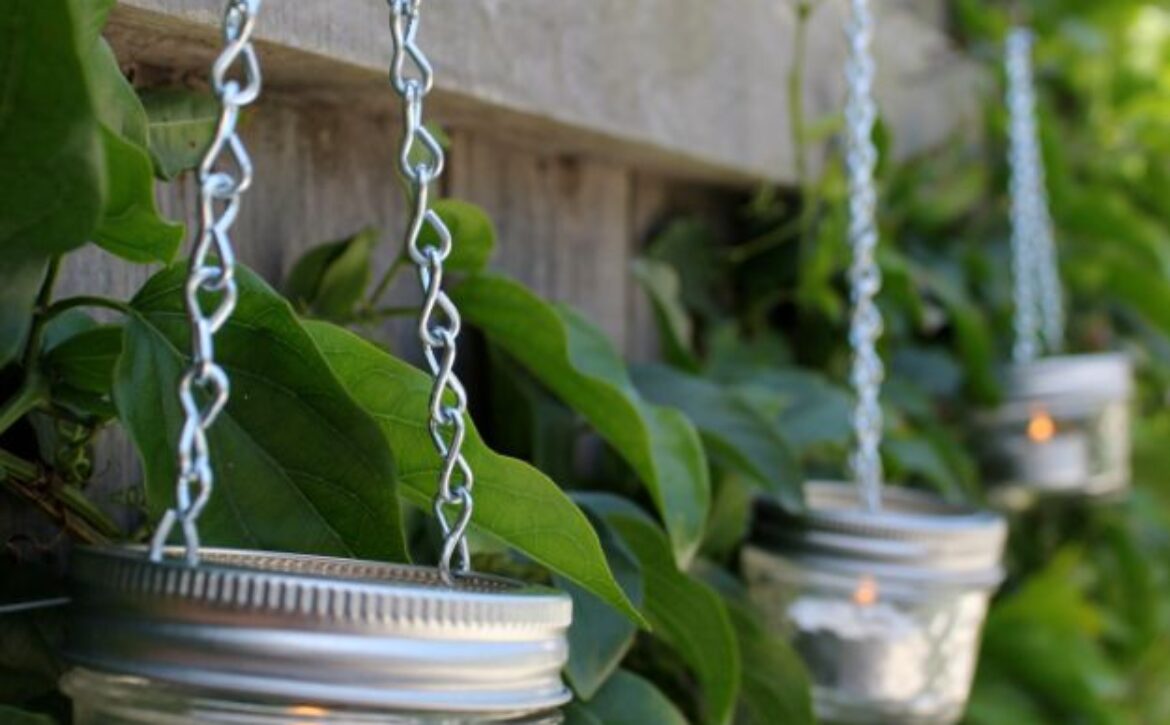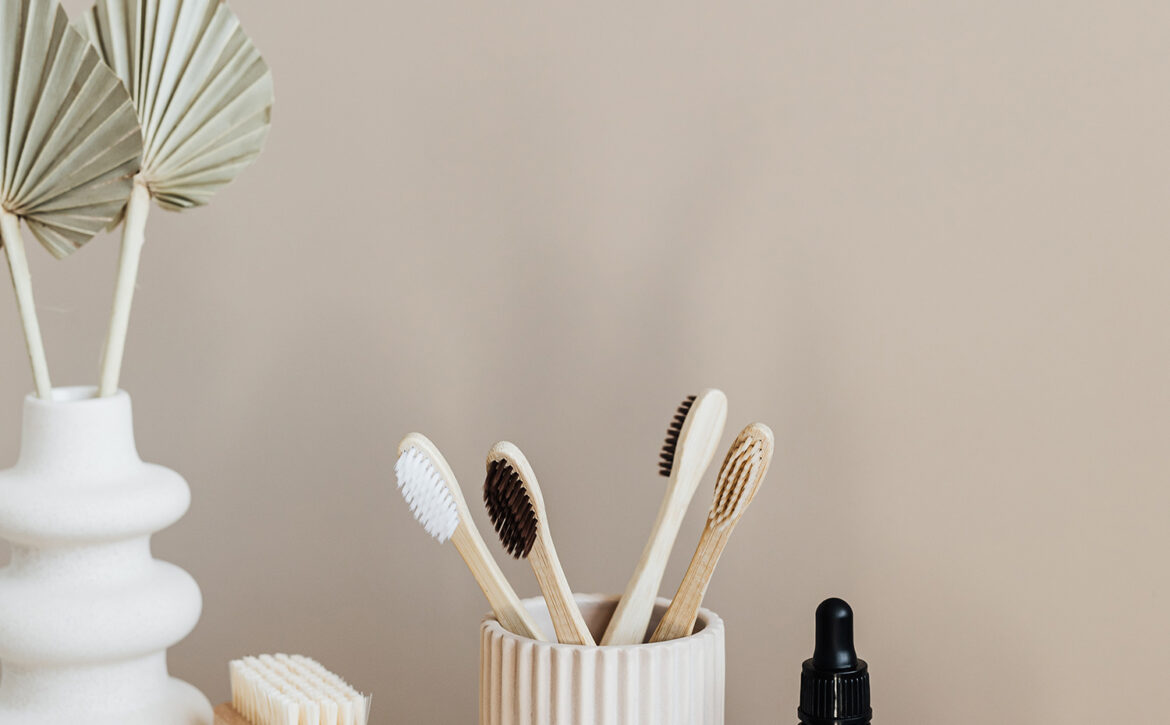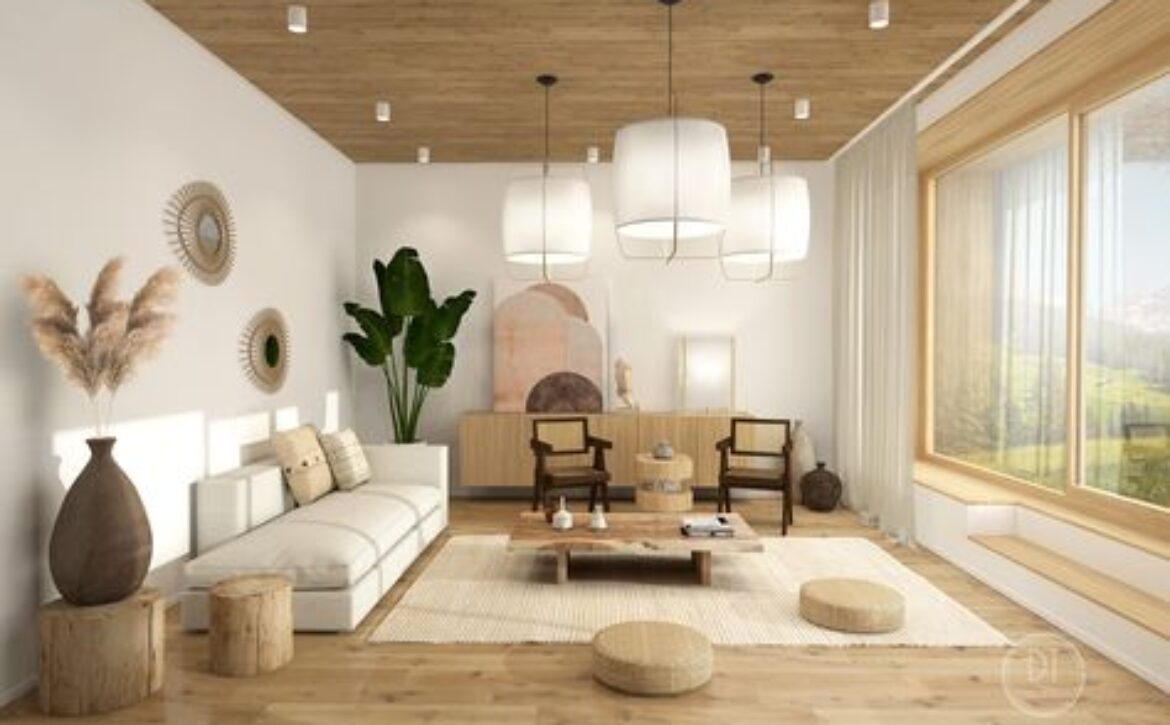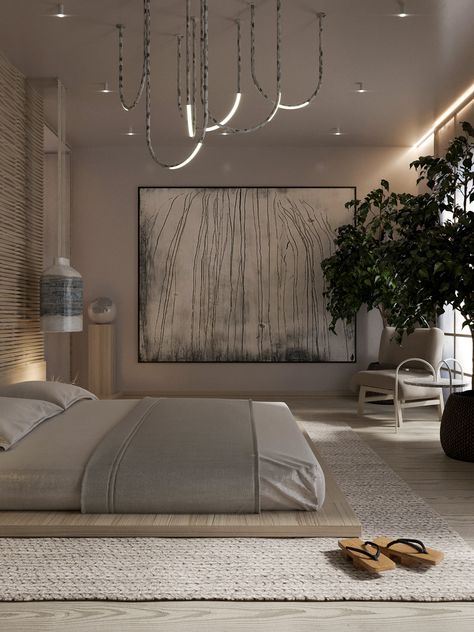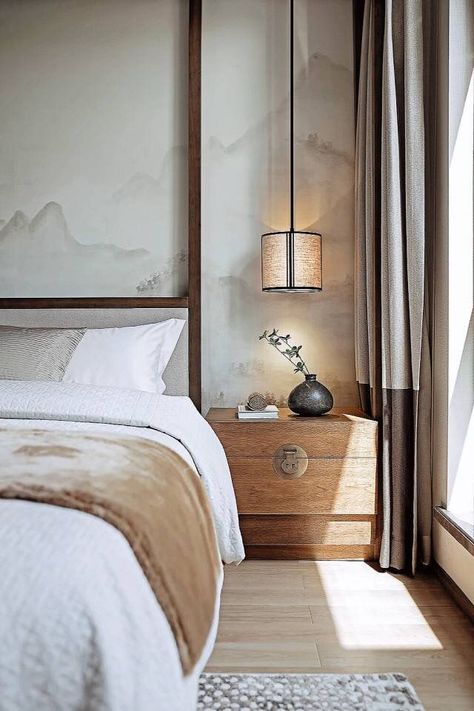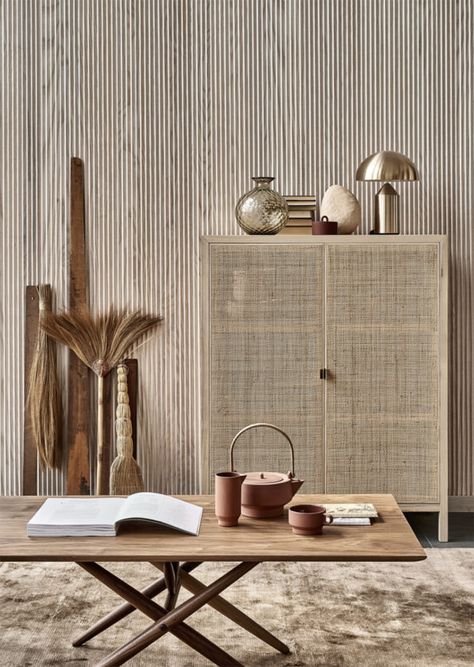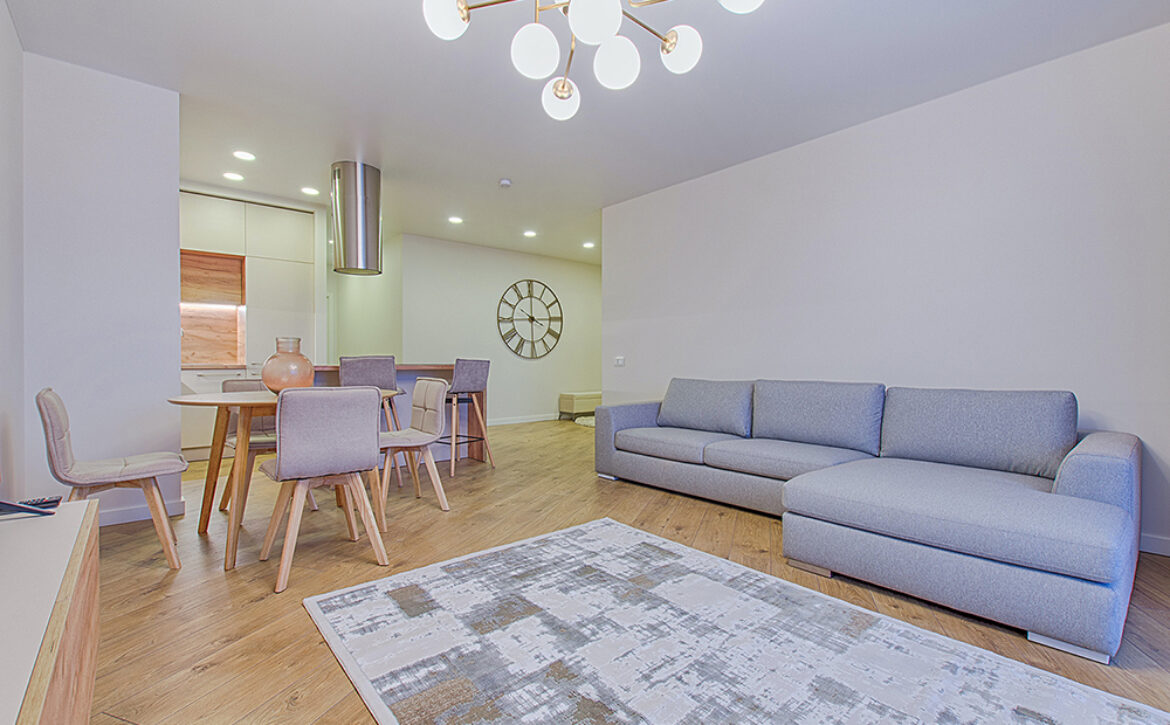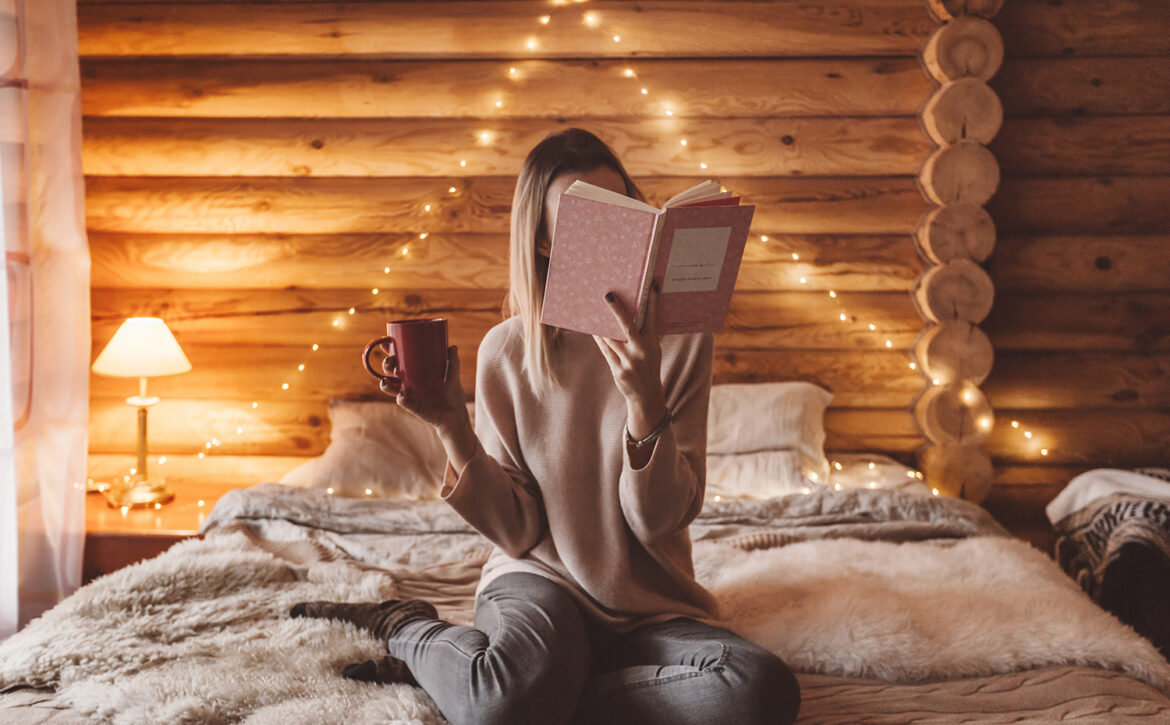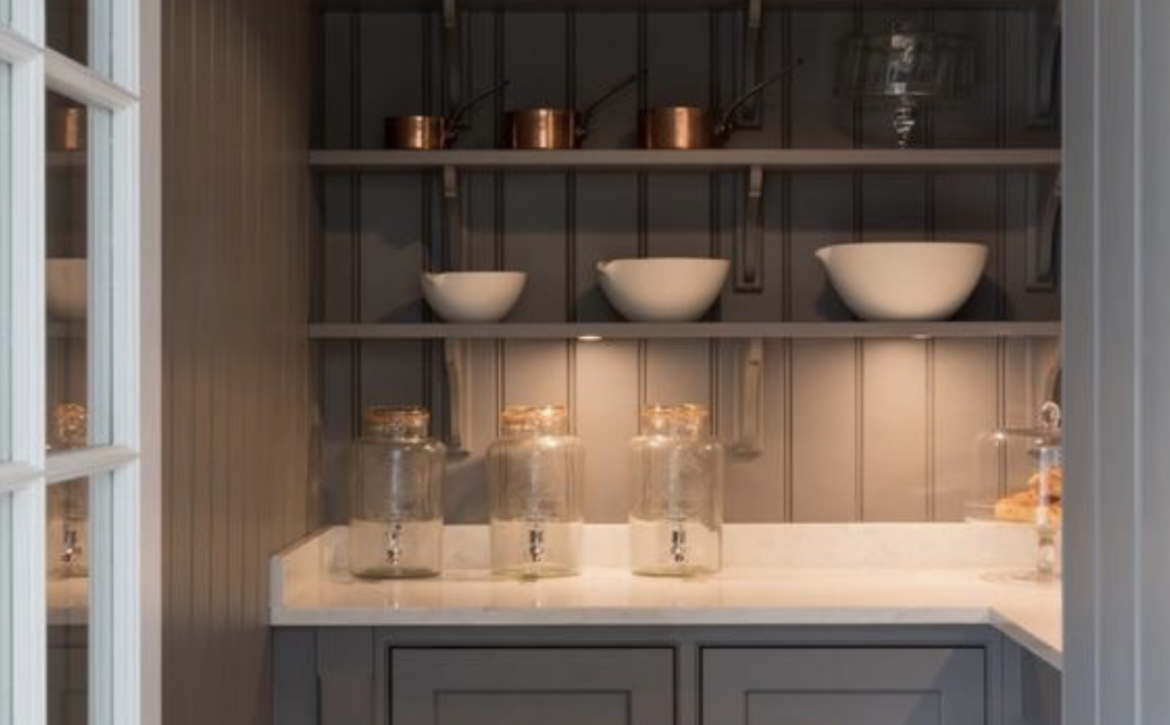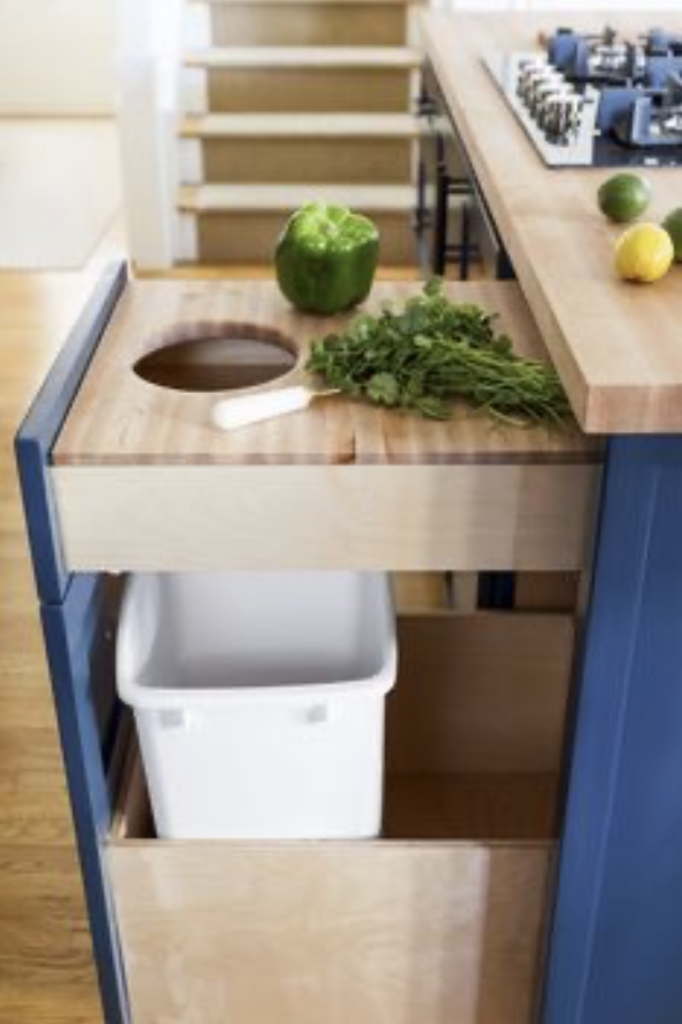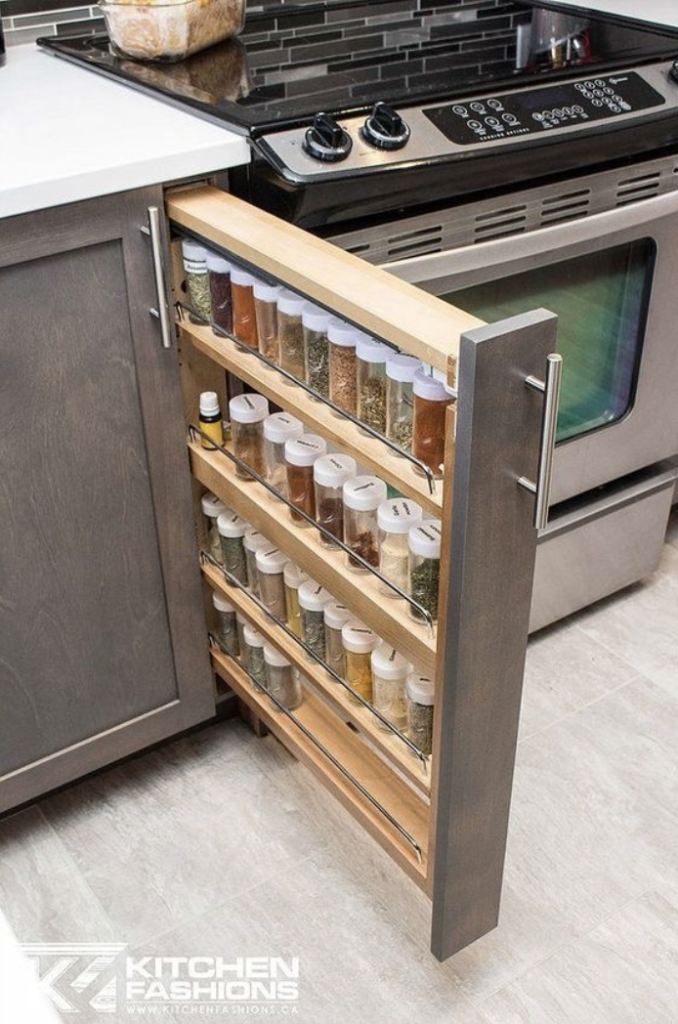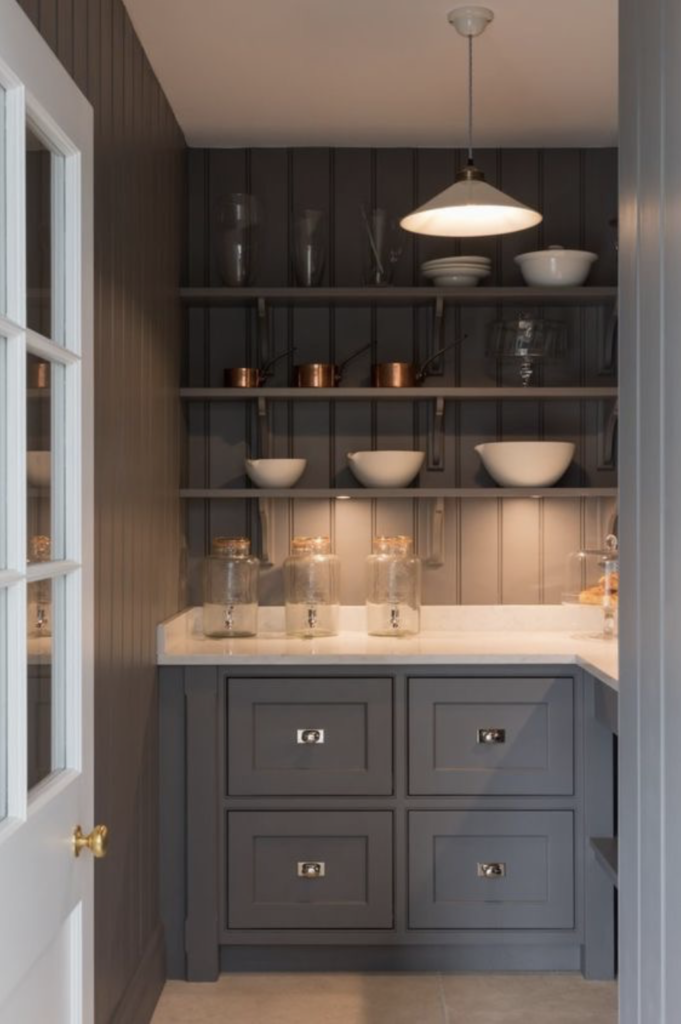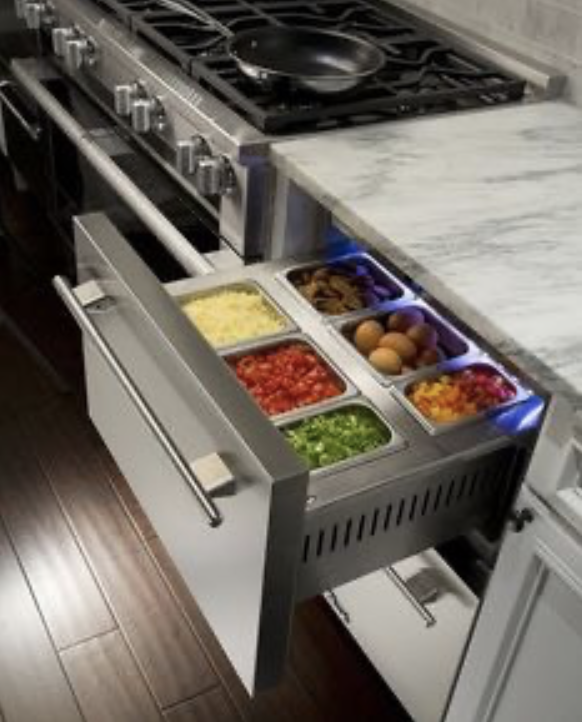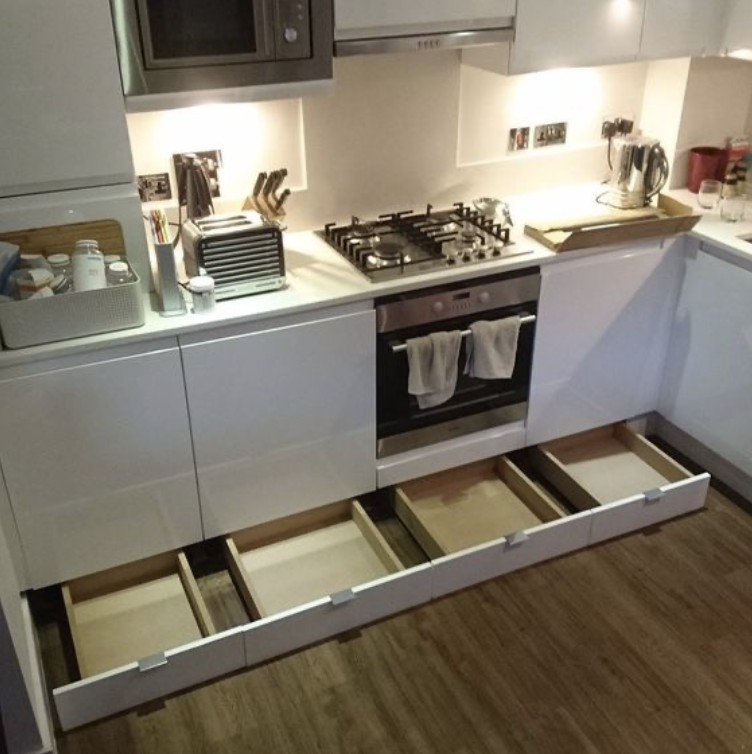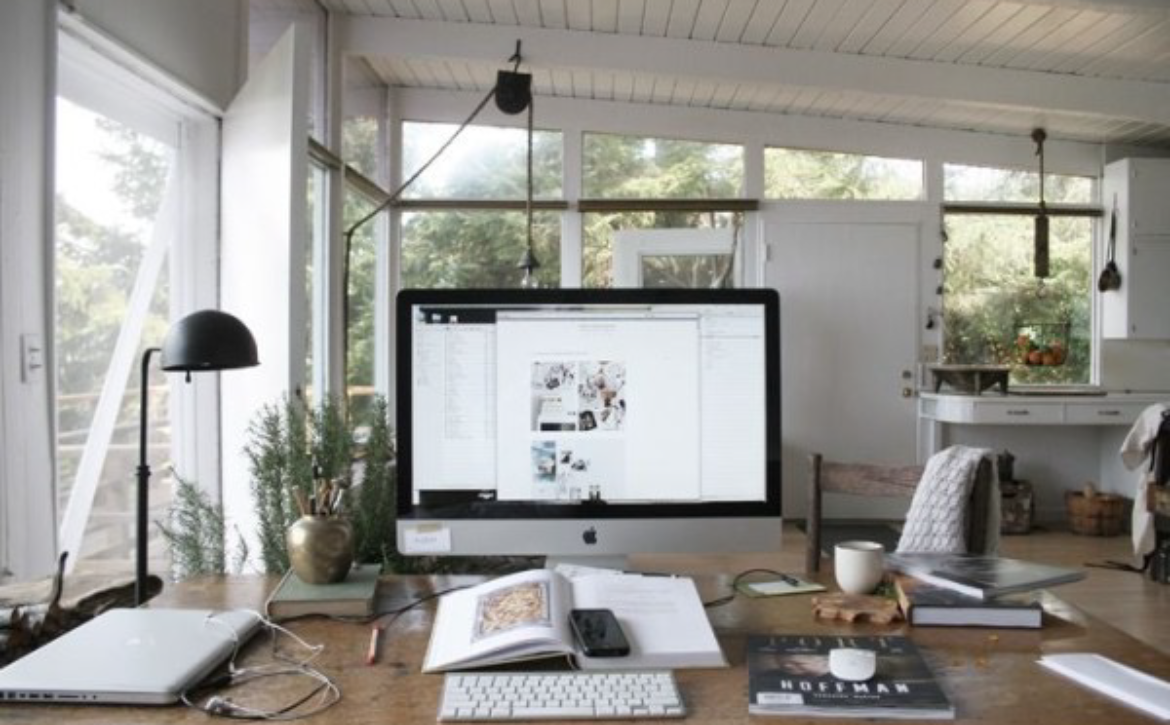Life is definitely a juggle at the moment, with so many different needs and functions to deal with all under one roof.
Like many of you, I have been thrown into having my home turned upside down while the world outside fights against this awful virus. So, I thought why not throw a few ideas into a blog to help others.
I have 2 girls at very different school ages, our kitchen has turned into a zoom centre for my CrossFit classes, our front room is now the creative play area for our youngest, bedrooms are play and downtime areas, and our dining room has been transformed into a schoolroom. So, let’s see if we can simplify things to make our homes fit for purpose, especially that all-important home office.
I know not everyone has a home office but hopefully, you can take away some tips for your temporary office set-ups. Here’s a few simple design hacks that may help self-design your office space:
Firstly, ergonomics. As an interior designer I have to think about the functionality of a space and how it’s going to work, this results in a user-friendly and successful space. So, firstly make sure your ‘desk’ area is working for you.
- Is your screen at eye level and at arm’s length away, this is important as it avoids neck strain and ensures your eyes aren’t straining and don’t tire as quickly.
- If you are working from a laptop you will constantly have to look down, so it’s worth considering an external keyboard and monitor.
- Keep the keyboard at a height so that your forearms are parallel to the floor, your wrists are straight, and hands at elbow level.
- If you have an office chair, great, adjust it to make sure your knees are about level with hips, and your feet are flat on the floor or on a footrest.
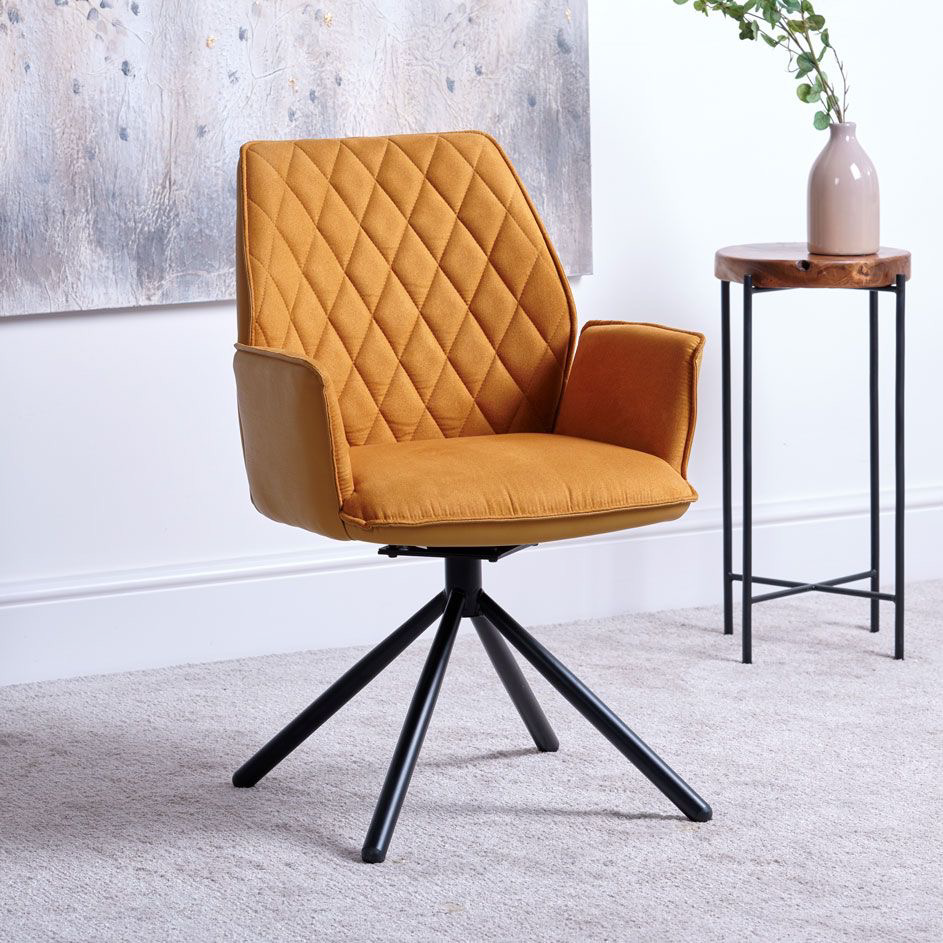
Woods Furniture – www.woods-furniture.co.uk
Splurge!!!! On an office chair … the most important bit of kit you can invest in. Some of the staged magazine shoots of home offices feature dining chairs as office chairs! Major no-no, you need a chair that provides lumbar and pelvic support. Personally, I find using a comfy office chair helps with my posture and breathing and these days it doesn’t have to be ugly. Search for one that has a little bit of individuality, sitting for hours day after day is made all the better if you love what you sit in!
Lighting. Lighting plays a pivotal role in defining every room of the house, in the home office it becomes even more important. A poorly lit home office can affect your mood and put strain on your eyes, which in turn can lead to headaches.
If you can position your desk in an area where you have a lot of natural light (ensuring there isn’t any glare on your screen or in your eyes). If this isn’t possible then try and stick to white lighting as opposed to warm as white light resembles daylight. Also, try not to rely on the main overhead lights, position directional focussed lamps around the working spaces to balance out the room.
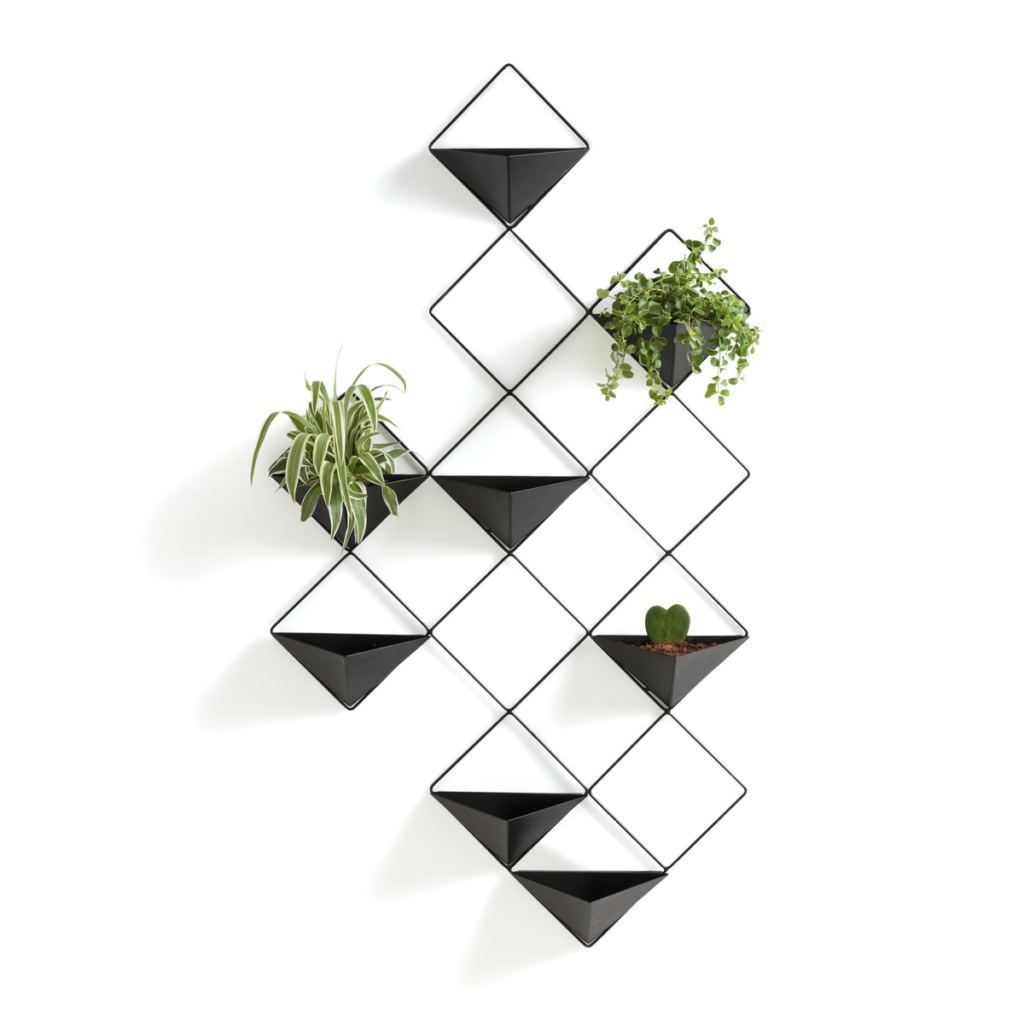
Laredoute.co.uk – Ikebana Wall-mounted Flower Pots
Greenery, a proven mental health aid. You don’t need a forest in your home office but a few small green plants will add life and colour to a space, bringing the outside in! But if you’re like me, and can never keep plants alive, make sure they are low maintenance.
Actions. I absolutely have to have visualisation in my office and so I have transformed a whole wall into a chalkboard. It’s great to take a step back and look at ideas, notes, actions, inspiration and my wall calendar. There are some great tools out there to transform walls into useable areas including magnetic walls.
I also have motivational quotes written up that I get from books that I read. I love motivational coaching books and they inspire my positive thinking so as I read them I rotate the quotes for new ones to keep me driven.
Organisation. Keeping organised is key to any office, but in a home office, you don’t want it to overspill into your home life. Bespoke shelving and storage not only looks sophisticated and stylish, but it can also replace ugly filing cabinets. Use baskets or boxes to file things, with plants in between to soften them. Basket can also be used as part of your portable office, moving them around as and when you need them.
Oversize your shelves, this avoids them looking overfull, and this deliberate design detail means you can also use these for displaying ornaments, awards, trophies. Incorporate some of the office lighting within the shelving too, a great way of omitting the light but hiding the source.
Hide the cords. Don’t we all just hate seeing wires. With any modern office there are always going to be wires, not only are they unsightly but can also become a health hazard. Some desks are designed with hidden compartments specifically for wires and cords, but if you can’t do this there are plenty of tricks to hide them. Use clamps and zip ties to keep them together, use hooks under the table to attach the wires, hide routers and extension cables in smart looking boxes. There’s also lot’s of products out there that will help with stray wires.
Monitors. Having 2 monitors helps us juggle, and juggle at speed. Setting your space up with 2 screens is a huge help, especially as a lot of us are using platforms like Zoom, Google Dou, Skype for conference calling and meetings.
With this in mind, be mindful that colleagues and clients at the other end are now seeing you in your home, your private space so remove any personal things you don’t want to share with them.
If you have a permanent office space make your backdrop a happy, positive motivational visual that inspires others. Introduce texture into your office space through wallpaper, upholstery, curtains, lamps shades, desks, pin boards. If you are temporarily working from home and have a portable set up, select a background that is bright, clean and tidy, just because you are working from home you still need to be professional.
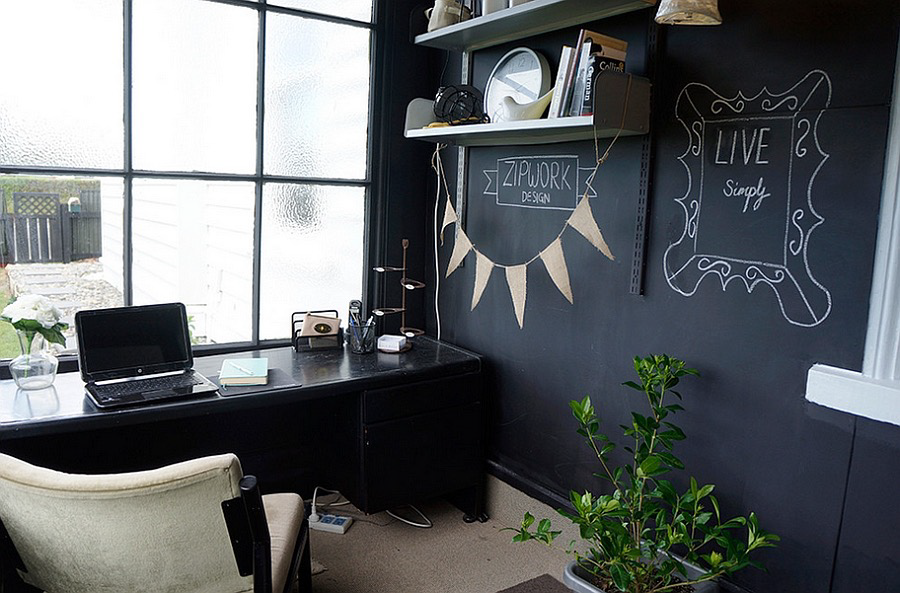
Decoist.com – home office ideas
Timeout. Often an area that’s overlooked when designing an office space is a comfy corner! A stunning comfy chair and ottoman combo, a little side table for your coffee and a statement lamp for your light. Not all your creative thinking happens at your desk and we all need to take time out and breaks away from our computers to think and have quiet time.
All in all, working from home can be super hard, but it’s important to define your spaces, designing them for purpose, but also as an inspirational space you want to be in.
